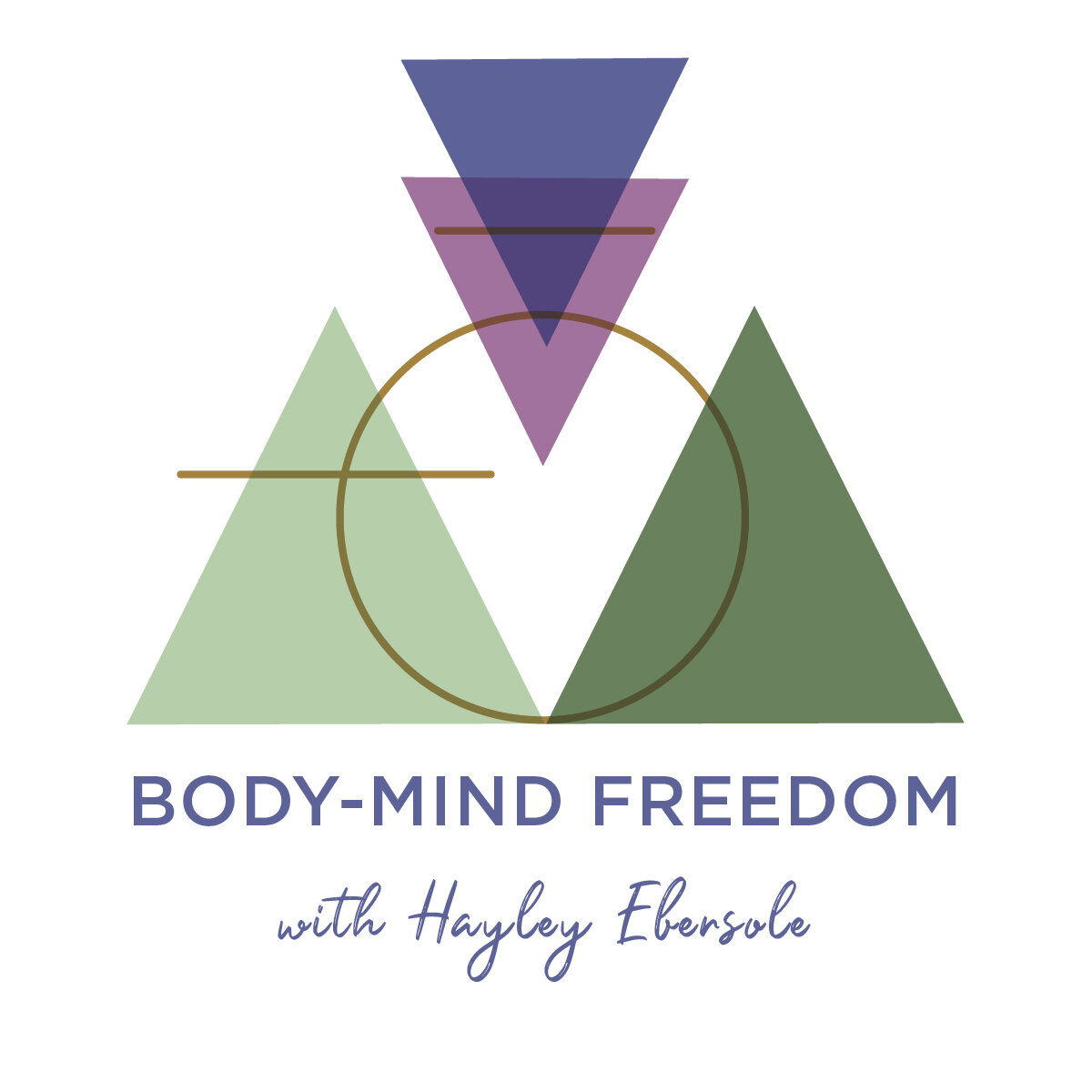Fascia and Yoga- Everything is Connected
/Do you live in a body? Do you want to feel better in your body?
Then fascia matters to you.
Attempts to get to the source of chronic pain and tension in my own body and those of my clients and to wrap my mind around the fact that the U.S. has 25% of the world’s population but consumes 80% of the world’s narcotic painkillers has contributed to my fascination (obsession?) with fascia.
What is fascia? Imagine your insides in HD and 3D. Now take out your bones, your organs (including the skin), your blood and circulatory system, your lymph and other fluids out and all you’d have left is a 3D cotton candy model of yourself- your fascial system. Fascia is the internal architecture of your body, it includes tendons, ligament, supports the organs in place, cushions the vertebrae and wraps the bones.
Everywhere-ness is it’s essential nature. The human body isn’t as similar to a machine or a computer as we might think, as apt as the metaphors might be for our cultural environment. While we experience pain and tension in specific areas of the body, that sensation only tells a small part of the story. Our bodies are much more complex and integrated than we imagine. In fact, no pain or problem in the body is local. The way we hold ourselves, that injury we didn’t think much of in high school, what we do with our toes in tadasana- all of these things affect our organs, our circulation, our immune system and our overall muscle and bone health. Why? Fascia.
The ultimate yoga cliché: everything is connected.
But fascia is the literal anatomical reason this is true in the body. To use Ida Rolf’s analogy, our fascial system is like a tightly knit sweater, if you tug on one end, the entire sweater moves, becoming more taut and stretched. When we injure our ankle, our entire spine is affected The same is true when we open and release parts of our body- more space is created throughout our organism. Fascia is the only system in the body that literally connects to every other system!
By far, the most magical power of the fascial system is it’s power as a communicative force. When you wrinkle your forehead with concern or because you are struggling to nail an arm balance or forcing yourself deeper into a split, your entire body reacts to the tension, all the way down to your toes. That back pain you experience- guess what. It’s affecting all of your bones, organs and muscle and is very likely, originating from a distant part of the body and manifesting at the weakest point.
So much of the recent hubbub over fascia has to do with it’s pervasive quality in the human body. Until the last decade or so, anatomists cut away this fuzz-like sheath to reveal the “real” structures underneath- muscles and bones. However, turns out the body isn’t so disconnected as the biomedical dissection tradition has assumed. Sometimes when you go in looking for something specific- you find it, overlooking other obvious truths.
Yoga culture is still stuck in the former anatomical model, understanding muscles and bones as separate distinct parts. As we begin to understand and experience the body in it’s integrated wholeness, the antiquated machine anatomy model breaks down further and further. In my opinion, applying an understanding of the fascial system is the future of asana.
As we come into a relationship of deeper intimacy with the inner reaches of our body, the interrelationships of our seemingly distinct parts, we somehow come to a deeper knowledge of our purpose. This is the eternal mystery of yoga. Try as it might, science has little to say in the face of this miracle, however, the fascia’s role as a universal communication system comes close to capturing it’s essence.
Part 2: Juicy Fascia = Happy Fascia = Happy Body
Part 3: 10 Ways to Receive the Benefits of Bodywork from Your Yoga Practice
Are you fascia-nated?
Check out Brooke Thomas's free e-book: Why Fascia Matters
Listen to Tom Myer's Interview on Liberated Body: Mapping the Anatomy of Connection (best podcast ever)
Read Tom Myer's article Dynamic Ligaments: Refashioning the Fascia as a Body-wide Regulatory System (very readable)
Download Van Der Waal's famous article Connective Tissue Architecture and Proprioception (a little heady)


